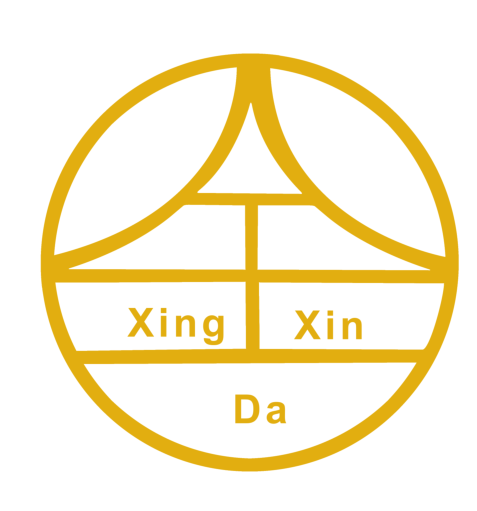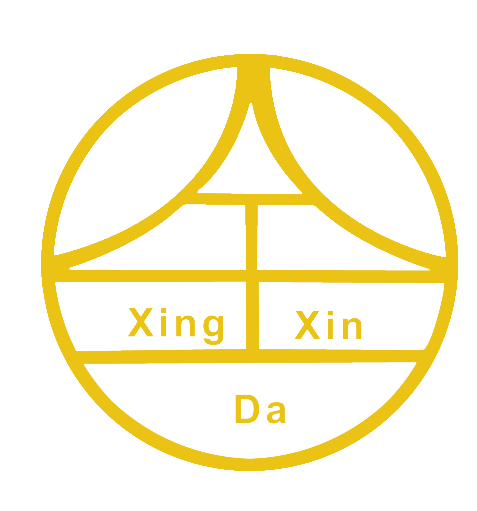Understanding Iron On Patches: Types and Best Use Cases
Woven vs. Embroidered Iron On Patches
Woven patches are made with thin machine stitched threads that produce flat detailed designs great for complex logos and text work. These patches work best on lighter weight fabrics such as polyester uniforms since they sit low against the fabric and don't catch on things. A good quality woven patch should hold up through around 50 laundry cycles if applied correctly. Embroidered patches tell a different story though. With their raised stitching patterns, these patches give garments an extra dimensional look while being much tougher overall. That makes them perfect for rugged items like jeans jackets or sturdy canvas tote bags. The thicker embroidery threads really stand up to wear and tear especially in spots that get rubbed a lot during normal use like sleeve seams or backpack shoulder straps where regular patches might start coming apart after just a few months.
Common Applications in B2B Uniforms, Apparel Brands, and Corporate Merchandise
More than three quarters of hotels, hospitals, and similar facilities rely on iron-on patches for their staff uniforms because they can be applied in just about 15 minutes and allow easy changes when branding needs shift. Many clothing companies also turn to patches for limited edition collections since they don't have to worry about those pesky minimum order quantities that come with traditional screen printing methods. When it comes to company swag, patches actually save money too. Some estimates suggest they cut down individual item costs by roughly 40% compared to full embroidery work. These patches show up all over the place really - think polos worn at conferences, baseball caps handed out at events, even on those eco friendly tote bags everyone seems to carry now. The manufacturing world has gotten pretty creative with them as well. Aerospace firms and car manufacturers use special heat resistant versions for marking safety gear that needs to withstand high temperatures while still being clearly visible in tough working environments.
Key Factors to Consider When Sourcing Iron On Patches
Fabric Compatibility and Adhesive Quality
Getting good adhesion depends heavily on making sure the patch backing matches what kind of fabric it goes on. According to research published last year in the Textile Adhesion Journal, about seven out of ten failed patches happen because the fabric and adhesive just don't work together. Cotton and wool tend to stick pretty well with regular heat activated glue, but synthetic materials like polyester or nylon usually need something special - either a hybrid adhesive mix or a thermoplastic coating works best for these. Before applying anything big time, give those tricky fabrics a try first. Silk stuff or performance blends can be real troublemakers when it comes to heat, so better safe than sorry. When working professionally, go for patches that have industrial strength adhesive backing. These should hold up at temps around 320 degrees Fahrenheit without peeling off, which matters a lot if the item gets washed or worn in hot conditions.
Durability, Wash Resistance, and Long-Term Performance
Quality iron on patches generally hold up pretty well through around 25 washes on fabrics that are neither too light nor too heavy, think twill or denim for example. The really good ones have those extra strong edges and threads that resist fading from sunlight, which helps them score quite high in wear tests (usually above 4.5 out of 5 according to ASTM standards). Cheaper alternatives tend to fall apart much sooner though, often coming undone within just 8 to 12 washes because their glue isn't very strong. When looking at patches for things like hospital scrubs or construction gear, make sure they come with special adhesives that fight off bacteria growth and stick firmly even when wet. These should ideally handle at least 15 pounds per square inch of pressure so they don't peel off during tough conditions.
Customization Options for Branding and Logo Integration
To maintain brand consistency, focus on three key customization elements:
- Thread density: Designs with 12,000+ stitches per square meter deliver sharp detail, even at small sizes
- Color accuracy: Most corporate clients require Pantone-certified thread matching for precise branding
- Edge finishing: Laser-cut borders reduce fraying by 40% compared to traditional die-cut methods
Embroidered patches with merrow stitching offer a premium look for executive wear, while sublimated woven patches are ideal for large-volume promotional items requiring vibrant, complex graphics.
Step-by-Step Guide to Applying Iron On Patches Correctly
Preparing the Garment and Patch for Optimal Bonding
Start off by giving the garment a good wash and dry run to get rid of any lingering stuff that might mess with how well things stick later on. Fabric softeners are definitely out of the question since they tend to leave this annoying waxy coating behind. Once clean, lay the piece flat on whatever ironing surface is available and work out those pesky wrinkles with an iron that's been warmed up but not steaming. Get the patch exactly where it needs to go before securing it down with some heat resistant tape so it doesn't wander around during the process. For tougher materials such as canvas or heavy duty denim, grab some fine grit sandpaper and gently rub the spot where the patch will sit. This helps create better contact between the fabric and whatever adhesive we're working with, making sure everything sticks properly without coming loose after just a few wears.
Recommended Heat, Pressure, and Application Time
Start by setting the iron somewhere between 350 and 400 degrees Fahrenheit (that's roughly 177 to 204 Celsius). Cotton and polyester blends usually need a hotter setting while delicate fabrics should get cooler temps. Lay down a thin cotton pressing cloth right over the patch area so it doesn't burn through from all that heat. Press down firmly but gently, moving in circles for about half a minute or so. After flipping the item over, give the backside a quick 15 second press to really wake up that adhesive underneath. Let everything sit undisturbed for at least ten minutes once cooled off completely before touching anything. Rushing this part can ruin all the good work done earlier.
Avoiding Common Mistakes That Reduce Patch Longevity
- Uneven heat distribution: Use circular motions instead of holding the iron in place to ensure consistent activation.
- Premature testing: Wait until the patch has cooled entirelyâpeeling too early compromises the bond.
- Improper washing: Delay laundering for 48 hours post-application and wash inside-out on a gentle cycle.
For large-scale deployments such as corporate uniform programs, a commercial heat press with adjustable pressure (10â15 psi) ensures uniform results across thousands of units.
Iron On Patches vs. Sew-On and Other Attachment Methods
Comparing Durability, Cost, and Production Efficiency
Iron on patches are pretty much a middle ground when it comes to attaching them versus sewing them on. Sew on patches stick around pretty well actually, maintaining about 97% of their hold even after being washed 50 times. Iron on ones tend to start coming loose somewhere between 20 and 25 washes though, unless they've been sealed along the edges first. The good news is that using iron on methods saves a lot of money on labor costs. We're talking roughly 65% less than what it would cost if someone had to sew each patch by hand, which makes a huge difference when producing large quantities. Plus, automated systems can really speed things up, so businesses needing quick delivery on their orders find this approach particularly helpful for meeting tight deadlines.
| Factor | Iron On Patches | Sew-On Patches |
|---|---|---|
| Durability | 20â25 wash cycles (standard) | 50+ wash cycles |
| Cost Per Unit | $0.15â$0.30 (automated) | $0.50â$1.20 (manual labor) |
| Production Speed | 100â200 units/hour | 30â50 units/hour |
Heat-press automation eliminates bottlenecks, making iron-on patches ideal for brands needing 10,000+ units monthly.
When to Choose Iron On Over Alternatives in B2B Supply Chains
Opt for iron on patches when working with heat-tolerant fabrics like cotton or polyester in the following scenarios:
- Time-sensitive campaigns: Apply 500 promotional patches in under two hours versus 15+ hours for sewing
- Low-wear applications: Ideal for lanyards, event merch, or uniforms expected to endure fewer than 10 washes
- Budget constraints: Reduce attachment costs by 58% compared to direct embroidery
For extreme environmentsâsuch as fire-retardant gear or heavy machinery uniformsâreinforced sew-on patches remain the gold standard for long-term durability and safety compliance.
FAQ
What are the advantages of using iron-on patches?
Iron-on patches offer quick application, cost savings, and flexibility for changing designs without minimum order requirements.
How can I ensure my patch lasts through multiple washes?
Choose high-quality patches with industrial-strength adhesive backing, and avoid premature washing by waiting at least 48 hours post-application.
What types of fabrics are compatible with iron-on patches?
Cotton and wool work well with heat-activated glue, while synthetic fabrics like polyester or nylon may require specialized adhesive blends.
What should I do if my patch fails to stick properly?
Ensure fabric preparation is thorough, check fabric compatibility with adhesive, and follow temperature and application guidelines carefully.
Table of Contents
- Understanding Iron On Patches: Types and Best Use Cases
- Key Factors to Consider When Sourcing Iron On Patches
- Step-by-Step Guide to Applying Iron On Patches Correctly
- Preparing the Garment and Patch for Optimal Bonding
- Recommended Heat, Pressure, and Application Time
- Avoiding Common Mistakes That Reduce Patch Longevity
- Iron On Patches vs. Sew-On and Other Attachment Methods
- FAQ





